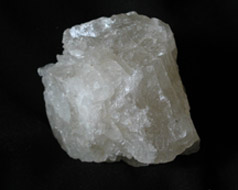Halite (rock salt) mineral
Click on image for full size
Windows to the Universe/L.Gardiner
Related links:
Find out how to identify minerals (...and learn what shape, luster, color, streak, hardness, cleavage and fracture are all about!)
Meet some other nonsilicate minerals!
Halite
Whatís that on your chips? Itís a mineral called halite! If you look closely at ordinary table salt, you will see that, just like other minerals, it looks like crystals. Halite is salt. In its natural form, itís called rock salt.
Halite is found in sedimentary rocks. It is called an evaporite mineral because it formed in ancient seas and salt lakes as they slowly evaporated millions of years ago. As the water evaporated, thick deposits of salt were left behind. This process still goes on today. In fact, one way to get the halite used for table salt and road salt is to extract it from seawater by evaporating the water.
The sure way to determine if a mineral is halite is to taste it. However, donít stick an unknown mineral sample in your mouth just in case it is poisonous. Instead, lick a finger and rub it against the mineral specimen that you think is halite. Then taste your finger so you donít get too much of the mineral into your mouth.
- Shape: Isometric (crystals usually look like cubes)
- Luster: Glassy
- Color: Clear, white, pinkish, or gray
- Streak: White
- Hardness: 2.5 on Mohs Hardness Scale
- Cleavage: 3 planes of perfect cleavage
- Fracture: Conchoidal
Last modified April 15, 2003 by Lisa Gardiner.
You might also be interested in:
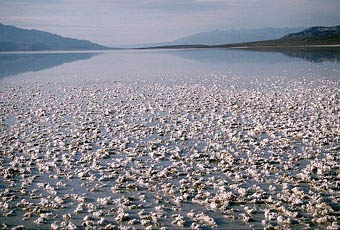
Unlike most other sedimentary rocks, chemical rocks are not made of pieces of sediment. Instead, they have mineral crystals made from elements that are dissolved in water. The water in the oceans, lakes,
...more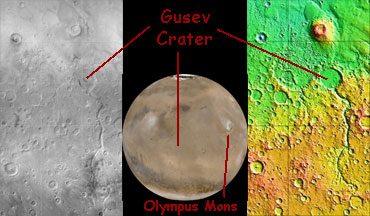
Gusev Crater is an impact crater on Mars that looks as though a lake may have once filled it in the distant past. One of the two Mars Exploration Rovers (MER) will explore Gusev Crater beginning in January
...more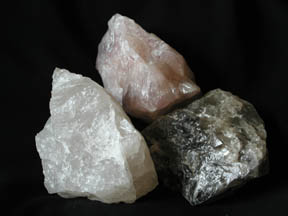
Spotting minerals is fun! There are many different types of minerals, each with a different name and a special set of characteristics. So, if you find a mineral that you do not recognize, you can use
...more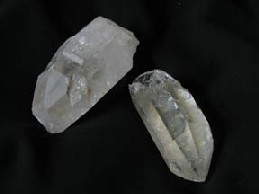
Quartz is one of the most common mineral in Earthís crust! Silica (Si) and Oxygen (O) are the only elements within pure quartz. If a cooling magma has silica leftover after feldspars form, quartz is likely
...more
Mica minerals make some rocks sparkle! They are often found in igneous rocks such as granite and metamorphic rocks such as schist. They sparkle because light is reflected on their flat surfaces, which
...more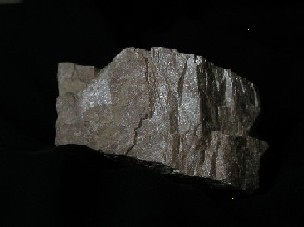
Feldspar is the most common mineral in the Earthís crust, so you are very likely to find it in the rocks you collect! It is found it all of the three rock types, but is most common in intrusive igneous
...more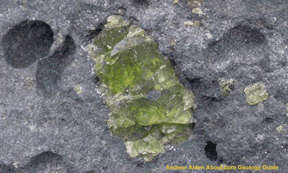
Olivine looks like little green crystals. It is typically found in some igneous and metamorphic rocks. Often the crystals are so small that you need to use your hand lens or magnifying glass to see them
...more


